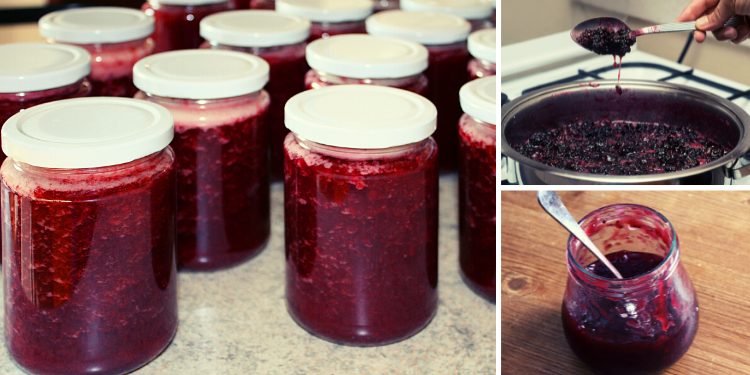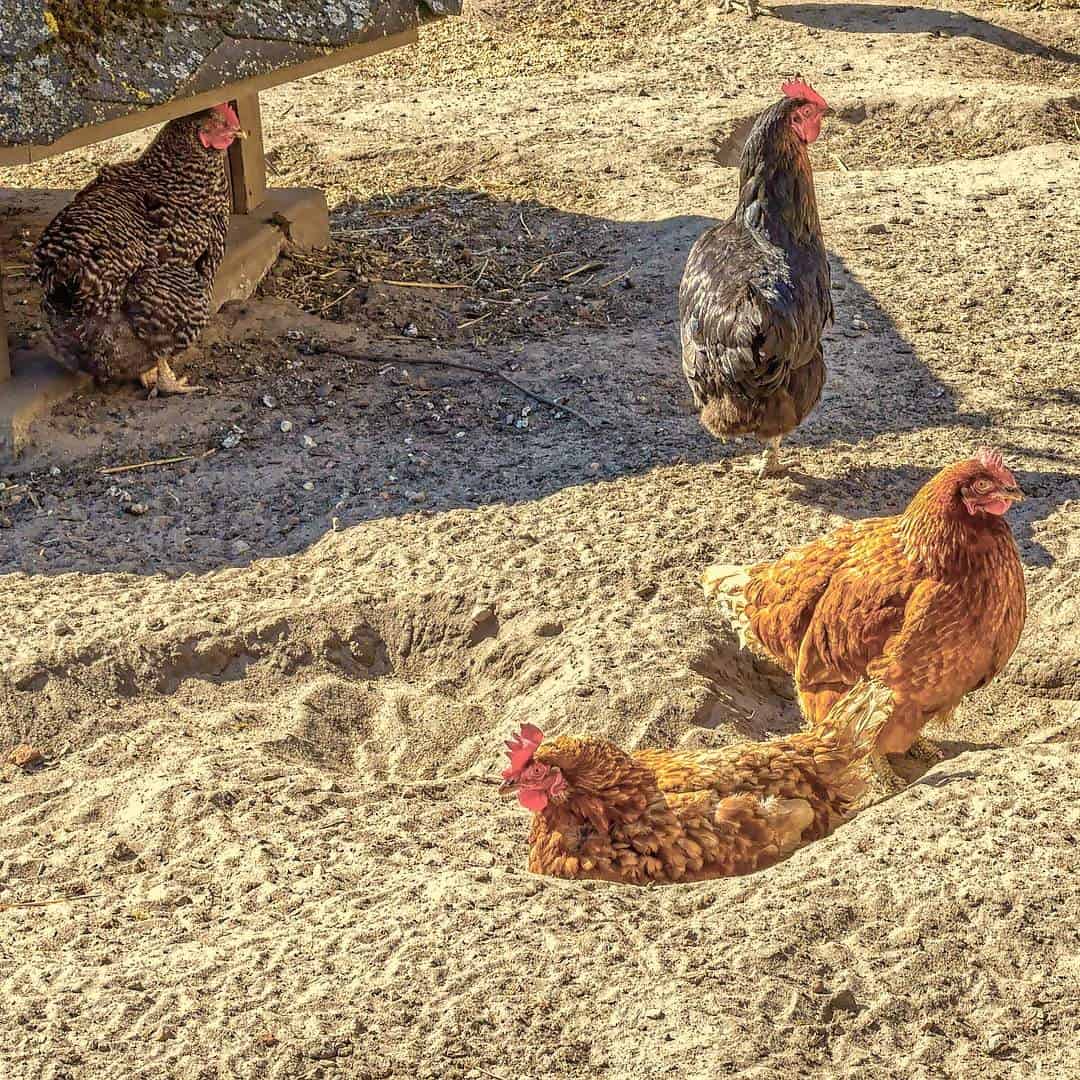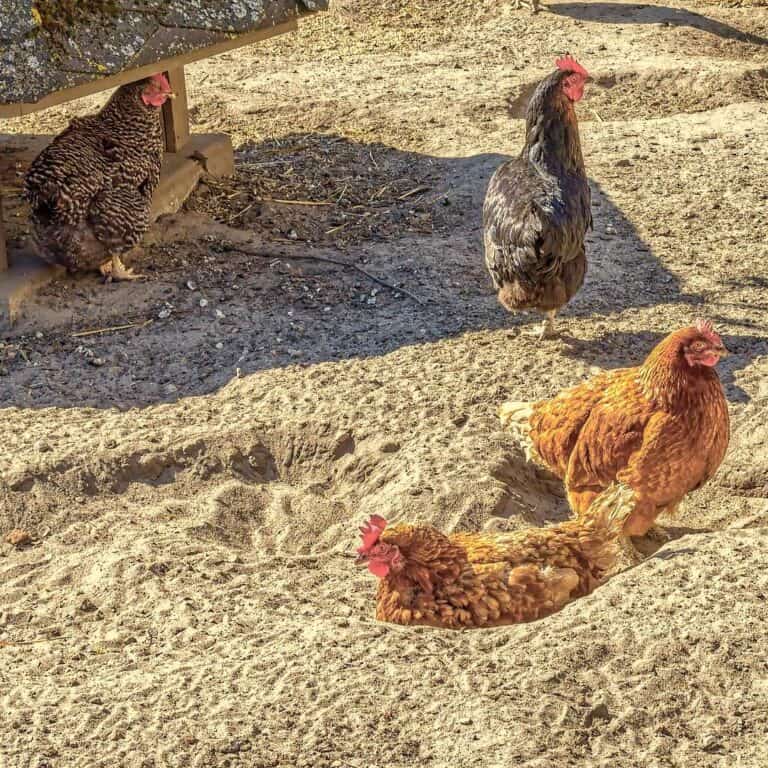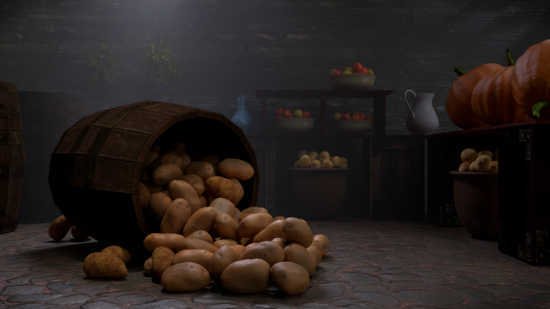Wojapi is thick berry sauce traditionally made with chokecherries and root flour by Lakota. Usually paired with fried bread.
One of the best survivalists to learn from are the Native Americans. Skilled in food preservation, hunting and foraging, the Native peoples of the United States have a lot to teach!
Related: Lost Native American Survival Skills
In this article you will learn how to make and preserve Wojapi to enjoy for months. Don’t fret, this sauce is a super simple multi-use condiment. It only requires 2 ingredients!
Wojapi is a decadent berry sauce from the Lakota people of South Dakota. South Dakota is a hard and rugged environment with harsh winters. The Lakota didn’t have fresh fruit for long and had to preserve it.
Wojapi was an amazing preserving technique since all berries have small amounts of pectin to thicken and preserve the almost pudding-like consistency of this sauce.
Pectin is a naturally occurring starch found in fruits and vegetables. It is a key ingredient in jams and jellies.
The sauce can be tart or sweet. It can also be served savory or sweet. The delectable berry sauce is traditionally served on Native American fried bread, but today we will be adding it to a wonderful venison steak.
Wojapi is traditionally made with chokeberries which are sacred to the Lakota Nation. Chokeberries are used in many sacred ceremonies and the pit is used for holistic medicine.
In this article we will be using frozen blueberries and strawberries from the garden, but you can use fresh or frozen from your garden or the store! You can use the traditional chokeberries or blackberries, blueberries, strawberries, raspberries, cranberries.
Wojapi is easy to make, preserve and a delight to your taste buds.
Let’s get started on making Wojapi sauce!
1. Measure out 4 cups of your favorite choice of berries. I’ll be using blueberries and strawberries. You can combine any variety of these berries for your own unique spin, fresh or frozen.
Mine are frozen straight from the garden! I think it always makes food taste better, foraged or grown yourself.
2. Add your berries to a saucepan at low to medium heat on your stove. Mine are frozen, feel free to use fresh. 
3. Add ½ cup of water. This is an important step to avoid burning those scrumptious berries!
4. Simmer the berries for 30 to 40 minute. Simmering is the point right before boiling. If your sauce looks like a bubble, your stove is too hot, turn that stove down!
This part breaks down the berries releasing the pectin from the berries thickening the sauce.
5. I use a Pampered Chef mix in chop to leave…






 chicken dust bathing in sand
chicken dust bathing in sand 


